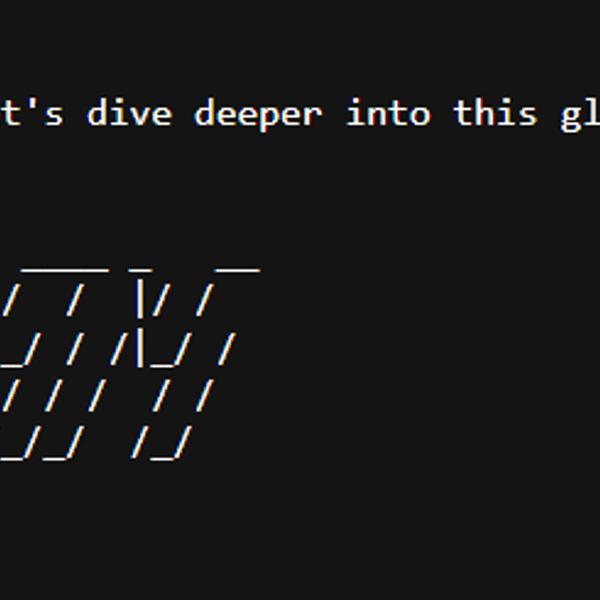Pi Network Web: Unlocking Blockchain Accessibility

Concept Introduction
The world of blockchain and cryptocurrency has witnessed remarkable innovations in the past decade, and among the most intriguing developments is the Pi Network Web. Aiming to democratize access to digital currencies, Pi Network Web offers a user-centric, decentralized solution that invites anyone with a smartphone or computer to become part of the crypto revolution. But what sets Pi Network Web apart from thousands of other projects?
Pi Network Web is the web-based extension of the Pi Network, a blockchain ecosystem designed to make cryptocurrency mining and usage accessible to everyday people. By leveraging intuitive design and minimal resource requirements, Pi Network Web streamlines the path to blockchain participation, opening doors for users who might have otherwise found traditional crypto platforms intimidating or inaccessible.
Historical Background or Origin
Pi Network was launched in 2019 by a group of Stanford graduates—Dr. Nicolas Kokkalis, Dr. Chengdiao Fan, and Vincent McPhillip. Their mission was to eliminate the high barriers to entry that hinder widespread adoption of cryptocurrencies. By introducing a mobile-first mining solution, Pi Network tapped into one of the largest demographics of internet users worldwide: smartphone owners.
The original Pi Network app allowed users to "mine" Pi tokens through a consensus algorithm tailored for mobile devices, requiring almost zero energy consumption in contrast to energy-intensive proof-of-work systems. As the community flourished to tens of millions of users, the need for a more extensive, accessible web platform became apparent—hence, the arrival of Pi Network Web.
Pi Network Web complements the mobile app by providing browser-based access to Pi’s ecosystem. It extends participation opportunities to users who may prefer desktops, enhances community features, and offers developers new tools for building on the Pi blockchain.
Working Mechanism
How does Pi Network Web work, especially in relation to traditional crypto concepts?
Blockchain at Its Core
Pi Network operates on its own blockchain, utilizing a unique consensus mechanism called Stellar Consensus Protocol (SCP), optimized for mobile environments. Users act as validators by forming trust circles—groups of friends, family, or acquaintances—to verify one another’s authenticity and prevent fraudulent activity.
Web-Based Accessibility
With Pi Network Web, the ease of access is blended with enhanced functionality. Users can:
- Log in from any web browser: No more dependency solely on the mobile app—users can now check their balances, participate in community activities, or explore DApps through a standard browser interface.
- Cross-platform functionality: Seamlessly switch between mobile and web, maintaining consistency in user experience and security.
- Developer Support: Through the Pi Web Platform SDK, developers are empowered to build decentralized applications directly on the Pi blockchain, leveraging user authentication, transaction tools, and other crucial APIs.
Security and User Identity
One standout feature of Pi Network Web is its approach to user identity and security. All web sessions are tethered to the robust identity verification process handled via the Pi app’s KYC component, greatly reducing the risk of bots and fake accounts infecting the network.
In addition, Pi Network Web encourages users to store their tokens in a secure Web3 wallet. For those seeking optimal functionality and peace of mind, Bitget Wallet stands as a top recommendation, providing seamless integration, hardware wallet compatibility, and multi-chain support for diversified asset management.
Mining and Transactions
Mining Pi remains a resource-light process, requiring users to check in daily to help secure the network through their presence and trusted connections. The eventual goal is to enable fluid peer-to-peer transactions, purchases within Pi-powered DApps, and integration with licensed exchanges for external liquidity.
Benefits or Advantages
Why has Pi Network Web garnered so much attention, and what distinguishes it from other blockchain projects?
1. Mass Adoption Potential
The Pi Network’s web interface is masterfully designed for everyday users, fostering mass adoption by removing hurdles like technical know-how, expensive mining equipment, or prohibitive transaction fees.
2. Energy Efficiency and Sustainability
Unlike traditional mining mechanisms that consume enormous amounts of energy, Pi Network’s method is eco-friendly, aligning with growing societal concerns around sustainability in the crypto sector.
3. Community-Driven Growth
Pi Network Web thrives on community engagement. Social features, forums, and interactive events drive participation and incentivize user activity, while the consensus protocol incentivizes trust and cooperation rather than raw computational power.
4. Developer-Focused Ecosystem
Through its SDK and API access, Pi Network encourages developers to create decentralized applications that add utility, entertainment, and value to the broader ecosystem. Building DApps on the Pi Network Web platform is streamlined, and the robust user base means new projects can gain real-world traction quickly.
5. Integrated Web3 Wallet Support
With Web3 wallets like Bitget Wallet, users can safely store Pi tokens, participate in DeFi projects, or interact seamlessly with DApps across multiple chains, all while maintaining top-tier security standards.
6. Education and Onboarding
Pi Network Web offers a myriad of educational resources, from tutorials about blockchain fundamentals to interactive guides on DApp usage. This supports onboarding for users at every experience level.
Conclusion or Future Outlook
The launch and ongoing expansion of Pi Network Web mark a significant milestone in mainstream blockchain adoption. By offering a platform that caters to both newcomers and seasoned crypto enthusiasts, Pi Network Web brings the transformative potential of decentralized technology to a global audience.
Looking ahead, Pi Network’s web phase is poised to serve as a launchpad for the next generation of decentralized products and services. As the network transitions into full utility and open mainnet, functionalities like real-time transactions, direct web wallet integrations (such as with Bitget Wallet), and cross-border commerce are likely to become realities rather than distant dreams.
More importantly, Pi Network Web demonstrates that the technical complexities and financial barriers often associated with cryptocurrencies do not need to persist. Through innovation, community empowerment, and accessibility-first principles, projects like Pi Network Web are shaping a future where anyone, anywhere can benefit from the promises of a tokenized, decentralized internet. Those watching the evolution of decentralized finance would do well to keep a close eye on how Pi Network Web disrupts the digital landscape in the coming years.






















